



For over 40 years, the Cold War raged between the world's 2 superpowers, the Soviet Union and the United States.
Officially, this "war" never turned into armed open conflict, although that did not diminish the unimaginable dangers it presented. At times the world inched closer to Armageddon, in the form of nuclear war.
The Cold War, which lasted over four decades, was above all an ideological confrontation, most evident in divided post World War 2 Germany.




Cold War Beginnings
Towards the end of the Second World War, the East-West conflict had not been widely felt. During the Yalta Conference on the Black Sea, the victorious powers USA, The Soviet Union and Great Britain decided the solution towards preventing a similar conflict from occurring was to divide Germany into what was to be three occupied zones.
However within two years, the climate between the two superpowers, the US and the Soviet Union, worsened. The western allies were convinced that the Soviet Union was pursuing an aggressive and expansive socialist policy towards the West.
On March 5th, in 1946, British Prime Minister Winston Churchill declared in a memorable speech:
"From Stettin on the Baltic Sea to Trieste on the Adriatic, an iron curtain has descended over the continent."
Of course Winston Churchill’s speech as conveying the message that many of Western politicians and military had themselves thought. In 1947 The US journalist Walter Lippmann published a book titled "The Cold War" thus giving this era a name.
During the same year, US President Harry Truman declared a new course in his policy: "containment", referring to the communist sphere of power. At the heart of this policy was the Truman doctrine: “the US wants to help all states that are threatened by communism”.
This shift in direction also included a colossal reconstruction program for the war-torn European economies, which was known as the Marshall Plan. When Josef Stalin forbade Eastern European countries from participating in the US reconstruction program, the division of the world between east and west, socialism and democracy, began to considerably grow.
The Berlin Blockade & The Raisin Bombers
The foundation of the Western bloc became particularly obvious only through the currency reforms introduced in June 1948. From that point onwards, the Deutsche Mark was introduced as a means of payment in the three western occupation zones.
The Soviets respond with a complete blockade of West Berlin. All access routes were cut off, together with power and food supplies in an attempt to force dependency on the Soviets. In this seemingly hopeless situation, the Western Allies organized a massive airlift: For almost a year, the inhabitants of West Berlin were supplied with all necessities for life by air.
More than 200,000 transport aircraft, also known as the "raisin bombers" by the West Berliners, flew around 1.5 million tons of goods into the enclosed city. By the time the blockade had been lifted in May 1949, it became clear that the Soviet blackmail policy has not only failed, but had also created a solid alliance between the West Germans and Western Allies for the first time in their fight against the Soviet Union.
Following the Berlin blockade, the creation of NATO (North Atlantic Treaty Organization) in April 1949 and the Warsaw Pact in May 1955 sealed the division of the world into two camps.
Sticking Point Berlin
The divided city of Berlin remained the focus of the global public, even following the Berlin blockade. West Berlin had become a thorn in the side of the GDR and the leadership in Moscow. The "capitalist island" lay in the middle of the territory of the GDR within the communist sphere of power. Additionally, West Berlin served many people seeking refuge as an escape point.
Until 1961, the sector boundary between East and West Berlin could be crossed by Berliners unhindered, and many did. As early as the 1950s, it had become clear to many that capitalism had advantages over the socialist economic model, and numerous East Germans fled via West Berlin to the West, where they hoped for better opportunities, and the GDR became threatened by the possibility of running out of their citizens.
On August 13, 1961, East Germany closed its Berlin borders, the wall was built. What initially seemed to be the beginning of another escalation during the Cold War was, in fact, the containment of a trouble spot. Building the wall cemented the status quo and put the Berlin crisis on hold for the next few decades.
Cuba crisis and easing tensions
Despite surviving the Berlin crisis, the mood between the superpowers did not relax. A new focus caught the world's attention: in Cuba, US reconnaissance planes discovered Soviet rocket launchers.
Since the Caribbean island is only about 200 kilometers off the coast of Florida, the Russian missiles posed a serious threat to the United States. Only goodwill and an incredible fear of a third World War enabled US President John F. Kennedy and the Soviet leader Nikita Khrushchev to settle the conflict.
Just how close the world was to nuclear war, however, became known to the worlds public only 30 years later. Today it is certain: The Cuba crisis was the most dangerous moment of the Cold War. Even if the danger wasn't fully recognized at the time, it is clear that everyone involved needed to pursue a policy of detente.
While the Cold War played out as a hot proxy war in other countries such as Vietnam, Angola or in the Middle East, the superpowers became engaged in disarmament negotiations such as the Strategic Arms Limitation Talks (SALT), regarding limiting strategic armaments during the 1960s
Even in divided Germany, the signs pointed to easing tension. The new Ostpolitik under West German Chancellor (1969 to 1974) Willy Brandt stood by the logic of "change by approximation" with Warsaw Pact states.
The end of the arms race
Already by the mid-1970s, the political climate changes once again. The Soviets do not dismantle their obsolete medium-range missiles in Europe, but replaced them with modern "SS-20" missiles, which was not accepted by the West, who called for retrofitting their missiles with nuclear medium-range weapons, which were also to be stationed in West Germany.
But there was resistance in the population. Hundreds of thousands took to the streets to protest against the new arms race. By the beginning of the 1980s, the protests of the German peace movement reached their peak.
At the same time, the political leadership in the United States changed: with Ronald Reagan, a Cold Warrior moving into the White House. A new race between the superpowers began, which the West was clearly able to win. The Soviet Union was unable to compete due to its dilapidated economic system.
On November 9, 1989, the Berlin Wall fell. One year later, the Cold War was formally concluded. The Soviet Union together with the military alliance of the Warsaw Pact nations was dissolved.

Step back in time and discover Cold War Berlin. Learn about life in divided Berlin, walk along the Berlin Wall and recount spy stories from the Cold War Capital.
€245/4hrs
Stay Away from the Crowds with a private tour of Berlin. Explore the
city with a knowledgeable, experienced guide!
Our private guided Berlin tours can be customized to suit your requirements. We will organize an itinerary specifically suited to match your wishes and desired tour length.
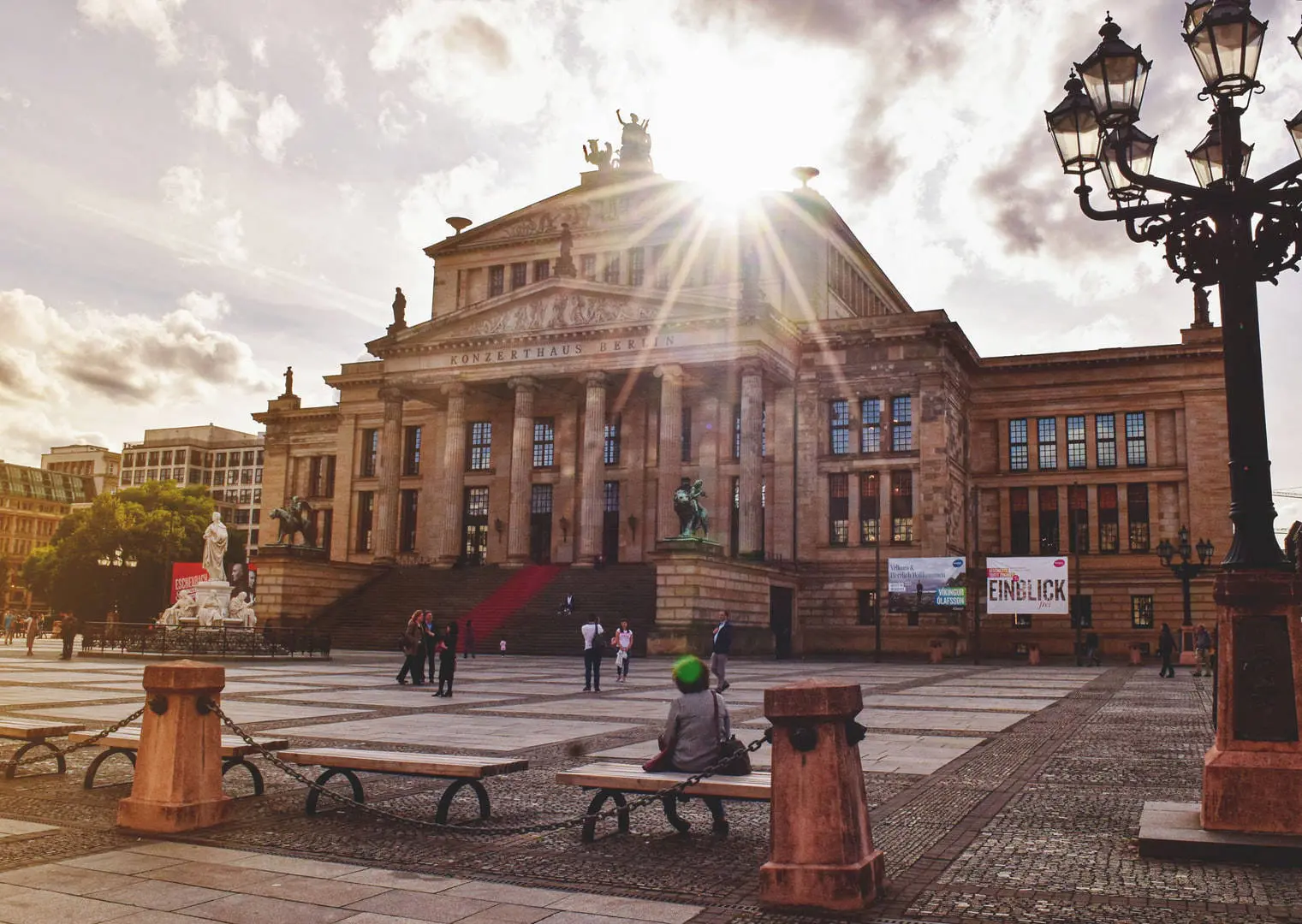
The comprehensive Berlin highlights tour...
4 hrs €219/Group
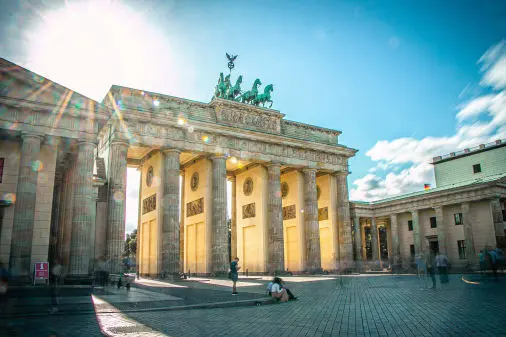
Condensed Private guided tour for those with limited time...
2 hrs €150/Group
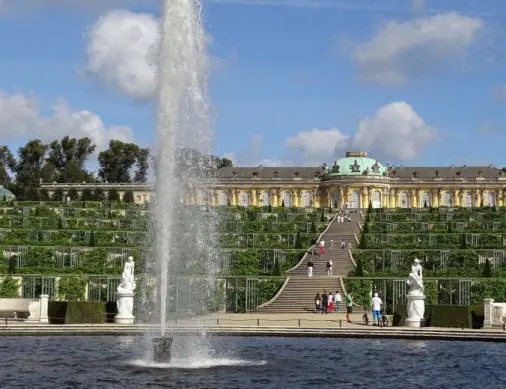
Your private half-day tour to stunning Potsdam...
6 hrs €315/Group
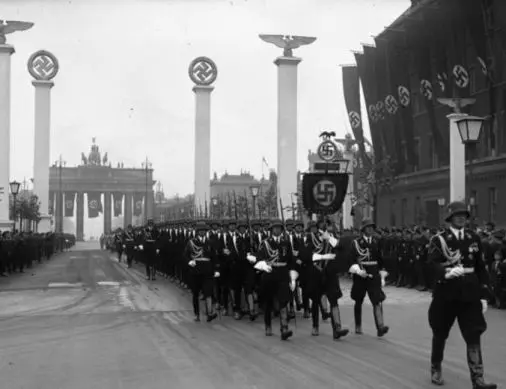
Half-day private guided tour with your specialist guide...
4 hrs €245/Group
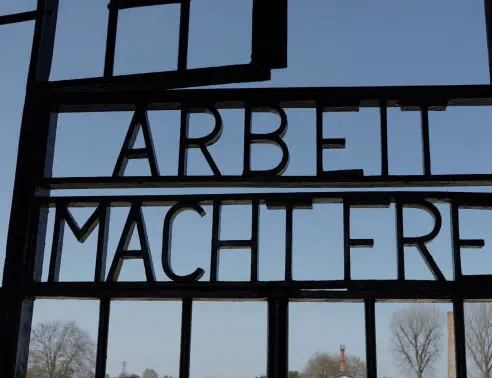
Private visit to Sachsenhausen Concentration Camp Memorial...
6 hrs €315/Group
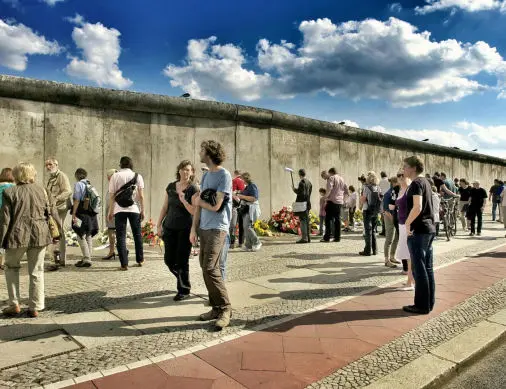
Berlin was the front line of the cold war. Visit the sites of the divided capital...
4 hrs €245/Group
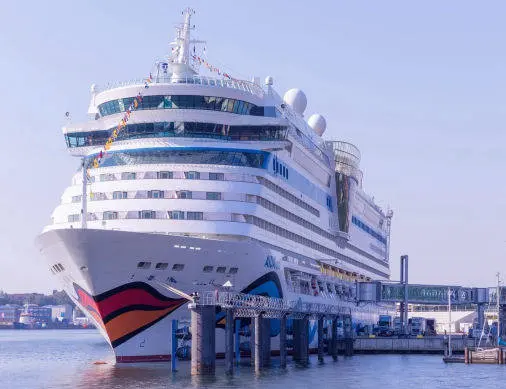
The very Best of Berlin on your all-in-one shore excursion from Warnemunde...
12 Hours
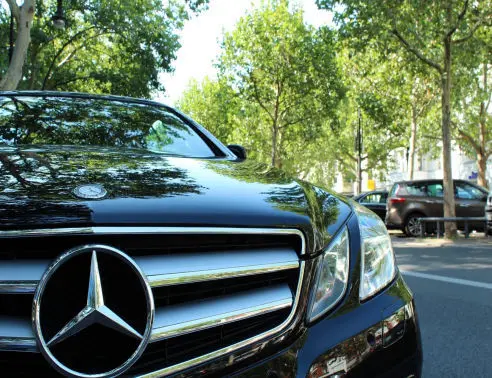
Berlin highlights from the comfort of a private vehicle. The route will be arranged prior to your trip...
Private Tours Berlin have provided exceptional private Berlin guided city tours to anyone travelling to Berlin, Germany since 2007.
Our speciality is delivering relaxed, attentive and fully private Berlin city tours that go beyond the typical crowded tourist traps to reveal the real Berlin that us locals know and love. We do this with a flexible approach that gives our guests the best service and experience.
Book today and enjoy the peace of mind of touring with one of Berlin’s highest rated tour operators.
All our experiences are private, meaning exclusively for you.
Tours that are tailored to you, so you can make the most of your time in the city.
Our experienced guides are Berlin’s finest, ensuring a memorable tour.
Explore Berlin with a knowledgeable, experienced guide and see what others miss!